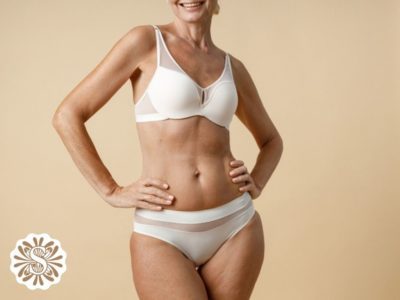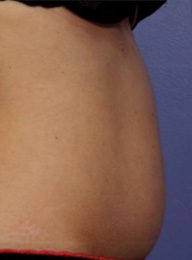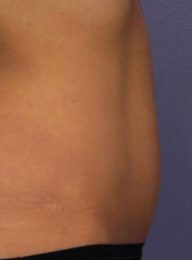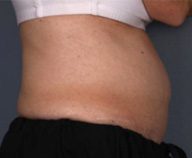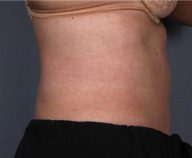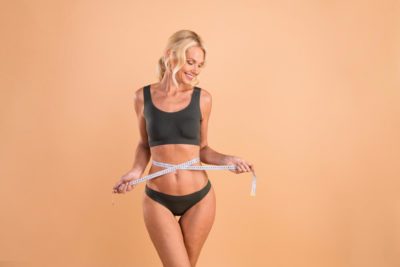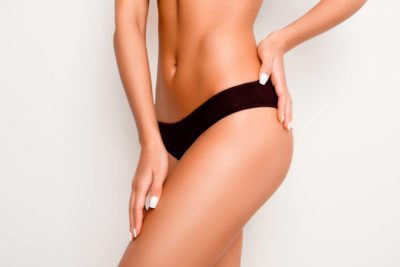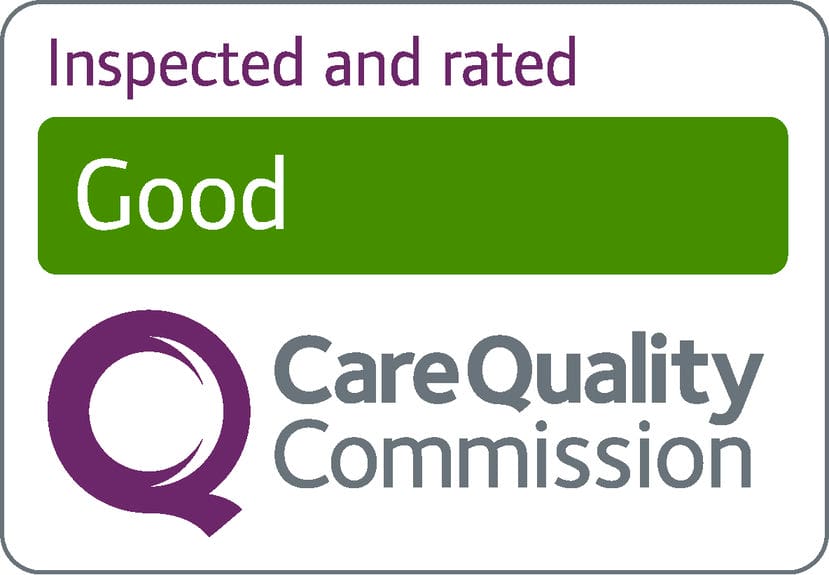“Excellent treatment and what a difference it makes.” Philippa
“Thank you to all the team at The Skin to Love Clinic for a highly professional and skilled service. Jane is realistic and explains what she thinks is achievable before she starts. Very relaxing place, I felt very comfortable throughout my treatment. Very clean and professional environment. Friendly and helpful staff. Highly recommended!” Antonia
“Very happy with my body sculpting consultation. Got answers to all my questions. Jane very knowledgeable and professional. Emma lovely and helpful.” Alex
“Never fail to give the best advice, treatments & service – they always deliver what they promise & I’m excited to see the results of today’s procedure in the coming weeks. Cannot recommend highly enough! Thanks and see you on Friday for additional areas!” Deborah
“Had a consultation today regarding a treatment that was very informative and honest. , is one of the many qualities that I have experienced at Skin to Love. Keep up the good work.” Annette
“Excellent and professional service. Jayne and Emma made me feel very comfortable. Will Definitely be returning” Fiona
“As always I was treated extremely well. Although a little anxious before my treatment, I was well looked after and made comfortable – nothing was too much trouble. Look forward to seeing them again for my after care and next treatment.” Donna
What is the Difference Between Surgical and Non-Surgical Liposuction Treatment?
Surgical Liposuction procedures and, more recently Laser Liposuction are very popular surgical options to remove targeted pockets of fat. Both are effective methods of fat removal to help you lose weight.
Traditional surgical liposuction uses a cannula (a thin tube) which is attached to a vacuum and sucks the targeted fat out of your body. During the body contouring treatment the surgeon uses a solution in the area which makes it easier for them to suction the fat, helps to reduce blood loss and, importantly, helps to make the area numb so you are comfortable during the procedure.
Laser Lipo, sometimes called SmartLipo, uses…yep you guessed it…a laser to help destroy fat cells in the chosen area. The fat is then sucked out in the same way as traditional liposuction.
The recovery from surgical procedures is usually much longer and can be more difficult in comparison to non-surgical liposuction; a course of antibiotics is usually prescribed after the procedure and you may be required to wear a compression garment to control swelling in the area for a month or two afterwards. There are also risks from surgical liposuction that should be considered and should be discussed during a consultation at your chosen laser lipo clinic.
Non-surgical liposuction treatments like Liposonix, are non-invasive procedures that use high-intensity focused-ultrasound technology to remove belly fat. The treatment, which takes upwards of 20 minutes depending on the size of the area being dealt with, can cause mild to moderate discomfort and it’s recommended that patients wear loose comfortable clothing after their session. Again, Liposonix is designed as a one-off experience, but further treatments can be undertaken to enhance the outcome and results can usually be seen between 4-12 weeks.
How Many Treatments Are Typically Needed?
Each treatment is different when it comes to fat reduction, but the Deso fat-dissolving injections usually require at least one treatment, depending on the size of the area to be treated. Emsculpt Neo requires a course of 6 treatments. Cristal and Liposonix are both designed to be single fat reduction treatments but can be repeated if appropriate and desired.
What Is Fat Freezing?
The Cristal fat removal treatment is more frequently called ‘fat freezing’ and uses a non-surgical technique to freeze targeted body fat in your desired area. Some treatments that use this technology are better known as Coolsculpt and Cristal.
During the Cristal treatment, two treatment heads can be placed on the area of concern, for example, if you want fat removal for the stomach, a treatment head can be placed above and below the belly button or either side of the belly button. The fat is then gently vacuumed and cools the area down to such a degree that it causes the death of the desired pockets of fat, without damaging any surrounding tissue.
The technical term for this technology Cristal uses is ‘medical cryolipolysis’ and it causes the permanent removal of your body fat allowing you to remove bulky pockets of fat and sculpt your figure.
Your body removes the treated fat cells in the same way it would following fat removal with heat and the results usually follow between four and ten weeks after this hour-long treatment.
As you can see, fat removal with heat is like fat removal with cold in that both technologies bring about the death of your fat cells. However, at our Hertfordshire clinic, our preference is to treat smaller, stubborn pockets of fat with HIFU (heat) and larger, bulkier areas of fat with Medical Cryolipolysis (cold).
What is Non-Invasive Fat Removal?
Let’s start at the very beginning. You may see non-surgical fat removal described as body contouring, non-invasive fat removal, non-surgical fat reduction, silhouette shaping, or body shaping- but they’re talking about the same thing. They are referring to a professional treatment either using injections or a treatment device.
What Are Visceral Fat Cells?
Visceral fat cells are not the type of excess fat cells you want to hold on to for too long. It can be dangerous. It lives deep inside of you and makes its home around your abdominal organs and, an excessive amount of visceral fat cells can lead to type 2 diabetes, cancer and heart disease. I’ve even seen visceral fat cells be called ‘life-threatening’. Not good news. However, as with all fat cells, we should have some in our bodies; a healthy amount of visceral fat helps to protect our organs (we want that) and to help stabilise our core temperature.
What Are Subcutaneous Fat Cells?
This is fat that sits under the skin rather than deep down around your organs. It’s found all over our bodies and we all have areas where we tend to ‘hold’ this type of fat more readily; thighs, bum, arms… for me, it’s my stomach and, as you’re reading this, I’m guessing that it’s probably the same for you.
Although visceral fat is deemed the ‘life-threatening fat’, excessive unwanted fat also has health implications; obesity, heart disease and diabetes are all risks.

